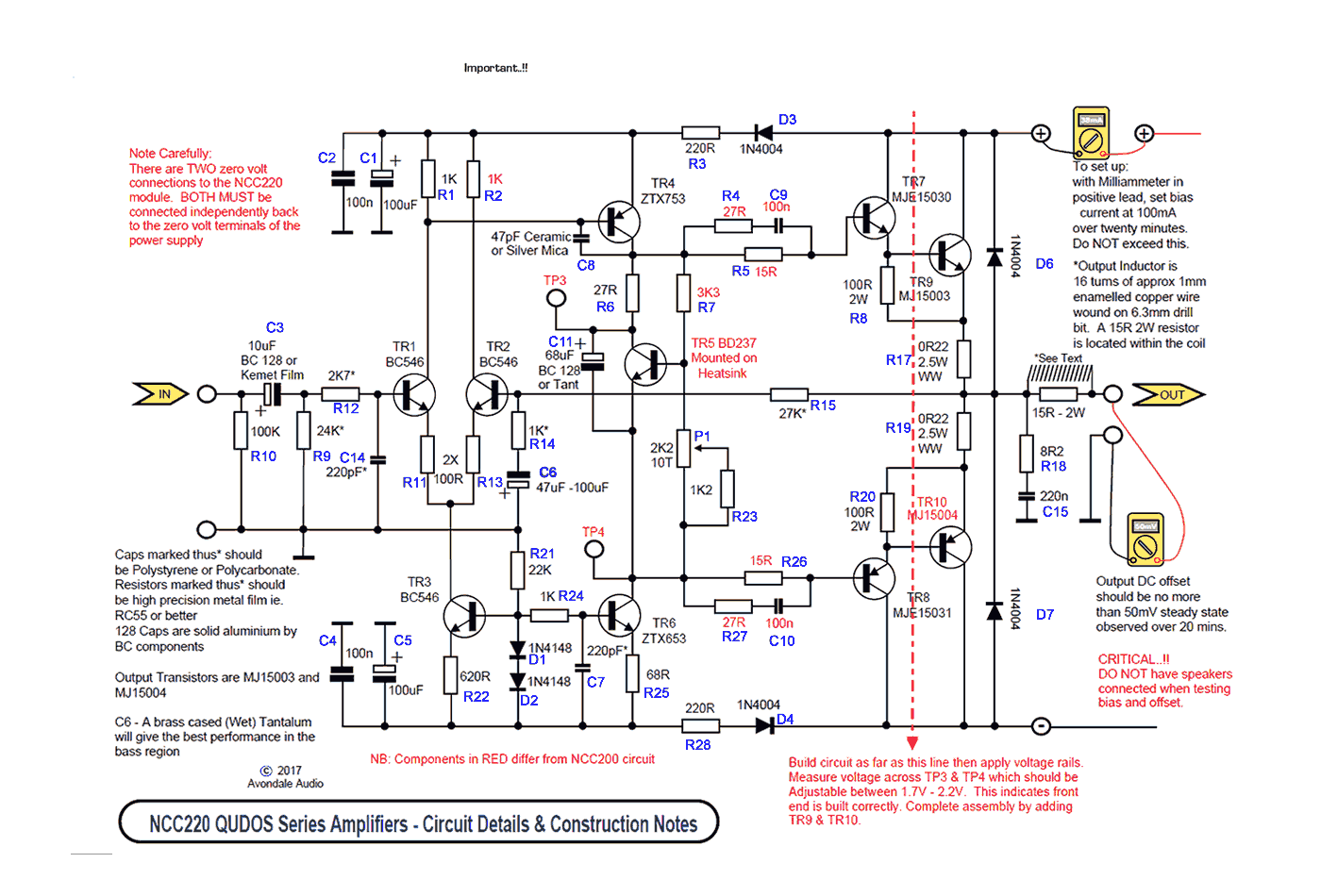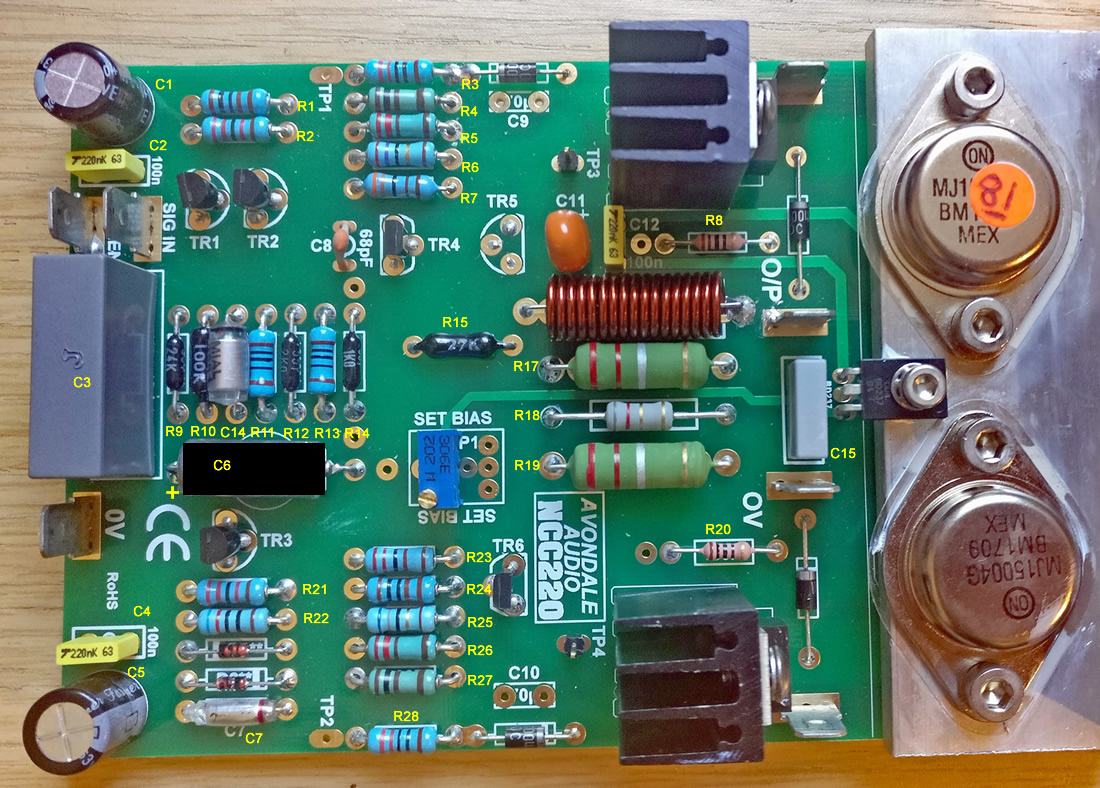divedeepdog
pfm Member
Les made my Voyagers with the HCR reg on the front end, there was quite a difference compared to a VBE’d voyage clone, although apart from NCC200 there wasn’t a great deal in common.I wonder how much difference the new front end regs make? I’m sticking with the old VBEs for the time being.
Timing and control are often banded about, but these amps have it all imo




 NCC220 Change to BOM
NCC220 Change to BOM